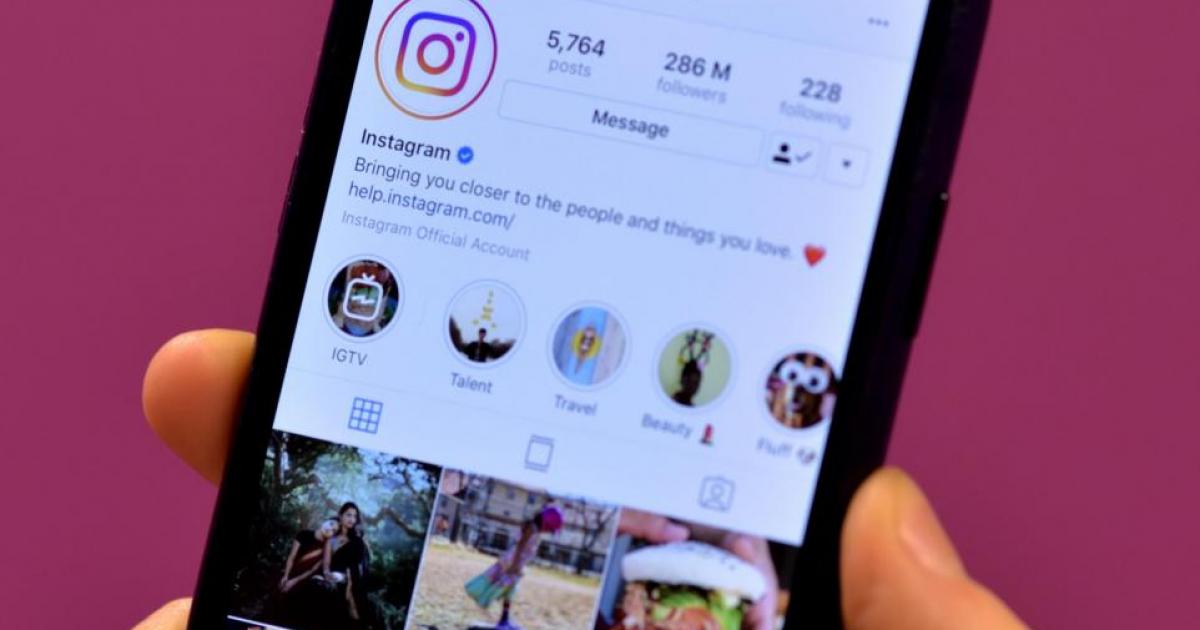Wednesday, November 19th. Instagram is down. Again. Is this a mere technical hiccup, or a calculated erosion of digital trust by a tech behemoth seemingly too big to ever truly fail?
The Real Story
Hundreds of thousands, perhaps millions, of users globally are locked out, staring at blank feeds or endless spinning wheels. DownDetector charts spike like a heart attack monitor, reflecting a digital pulse flatlining for a significant chunk of the internet. This isn’t just about missing your morning latte post or a quick brand engagement; it’s about a multi-billion dollar corporation, Meta, consistently failing to deliver on a core service integral to daily life and commerce for countless individuals and businesses. The immediate conflict isn’t just between a frustrated user and a broken app; it’s between Meta’s public assurances of reliability and its ongoing, demonstrable performance issues. The narrative pushed by tech giants often simplifies these events to “unexpected bugs,” but a pattern suggests something more insidious.
“Look, these ‘outages’ aren’t always just server hiccups,” states a former Meta engineer, speaking anonymously on condition of strict confidentiality. “Sometimes, they’re stress tests disguised as failures. Sometimes, they’re ‘controlled experiments’ to gauge user dependency and resilience to intermittent access. The behavioural data collected during these periods is gold, even if it momentarily pisses off millions. The system learns, and Meta profits, one way or another.”
Why It Matters
Beyond the immediate wave of user frustration and the meme-fueled chaos on rival platforms, this is fundamentally about staggering amounts of money and pervasive digital control. Every minute Instagram is offline represents lost advertising revenue for Meta, a figure that can easily ascend into the millions of dollars per hour. Yet, there’s a darker, more strategic implication. By fostering a sense of scarcity, intentional or not, these outages can paradoxically consolidate power. Users, desperate for reconnection, often return with increased engagement when services are restored, leading to engagement spikes post-downtime. This cycle can be a subtle, yet powerful, form of digital manipulation. The real scandal isn’t merely the technical crash itself; it’s the chilling potential for these “crashes” to serve a deeper, revenue-driving, and control-exercising purpose for the platform, often at the direct expense of its users’ experience and trust.
The Bottom Line
Prepare for more of these “unforeseen technical difficulties.” Meta isn’t simply patching server issues; it’s continuously refining a vast, complex system designed to keep you relentlessly hooked, even if that means occasional digital deprivation. If you believe you’re not directly paying Meta with money for its services, understand this: you are paying with your attention, your invaluable personal data, and perhaps, subtly, with your very sense of digital sanity and independence. This is the new normal.


